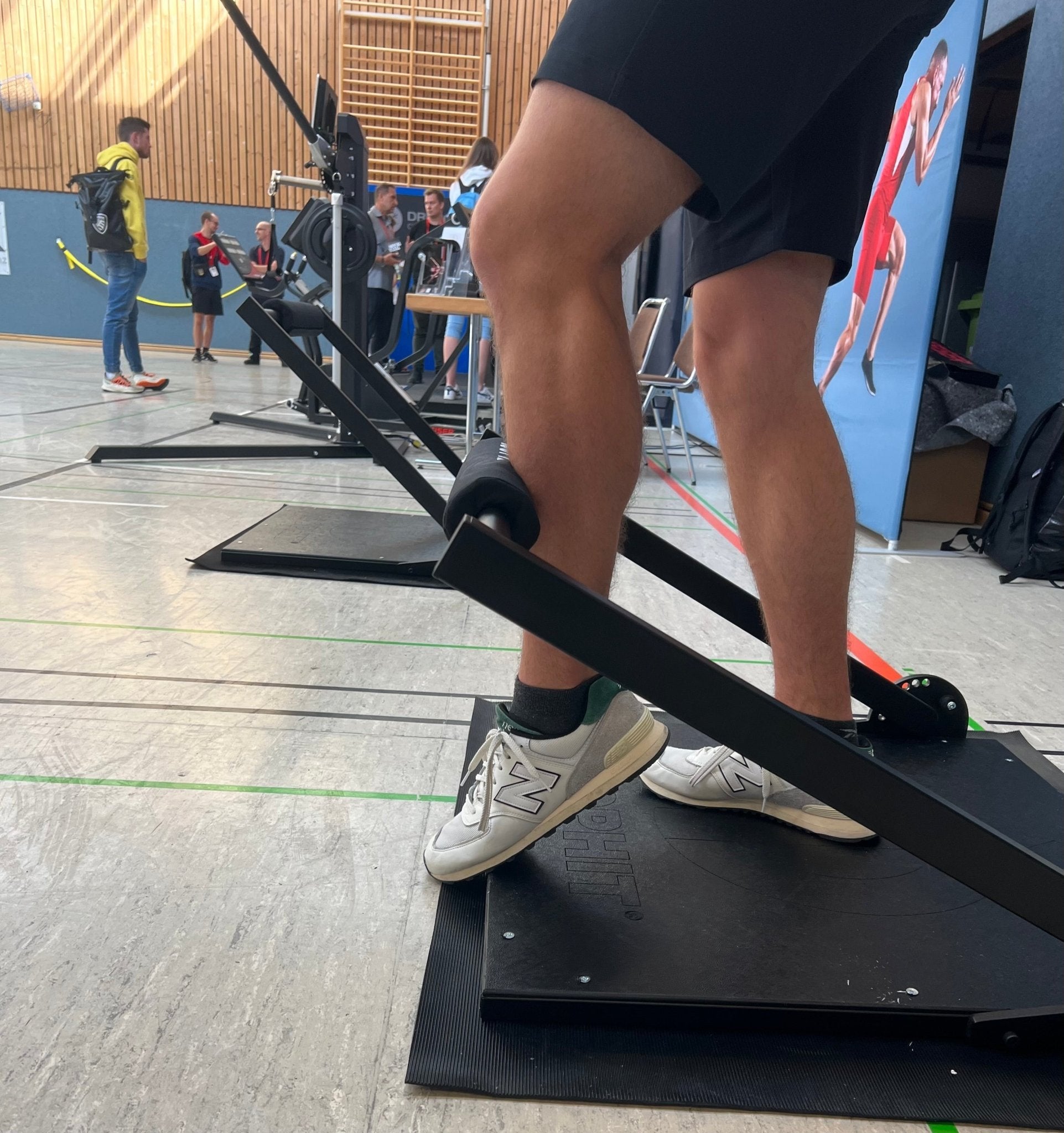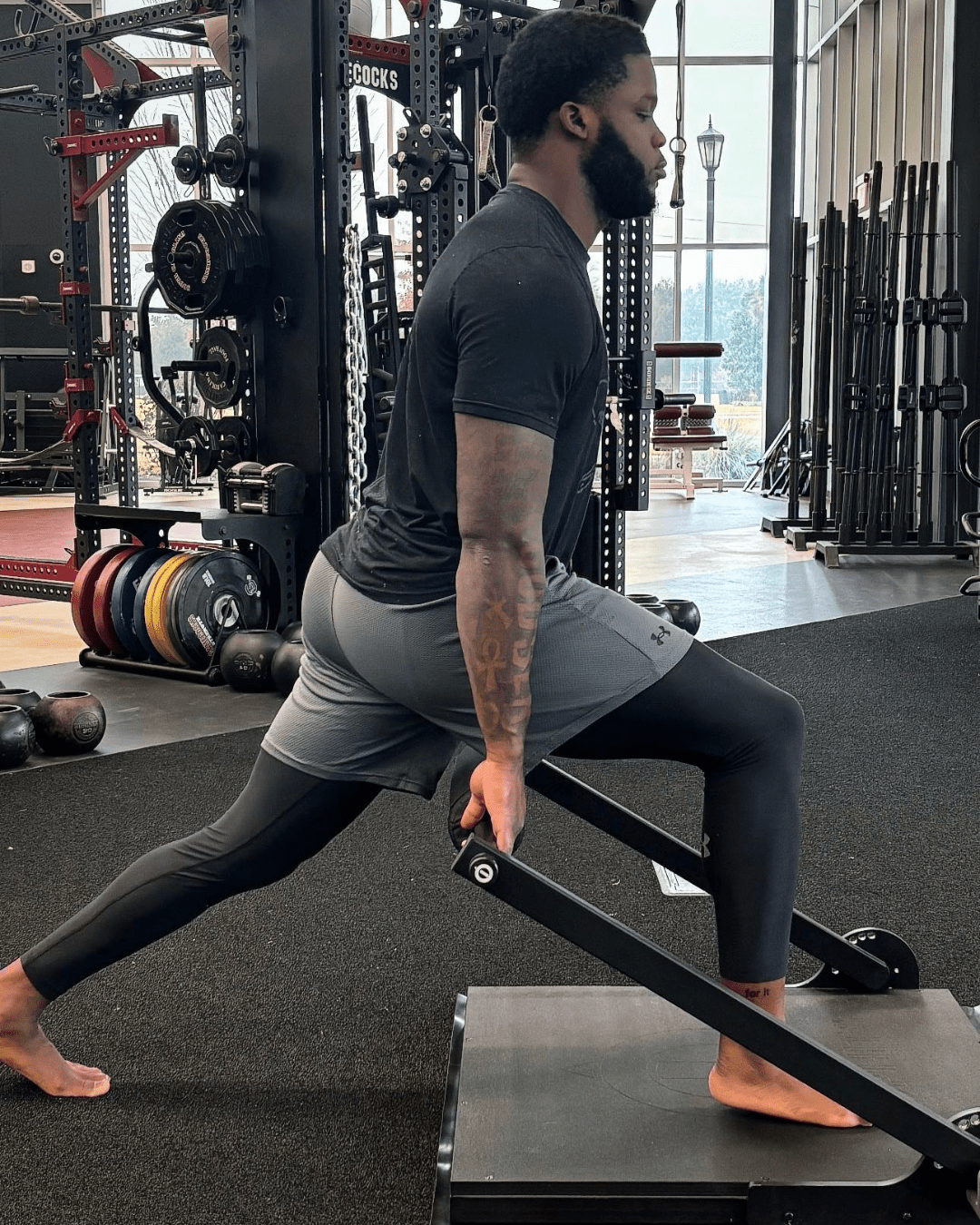Concussions are a significant concern in contact sports, posing risks to athletes' short and long-term health. These traumatic brain injuries occur due to a sudden impact or jolt to the head, causing the brain to move within the skull. Recent research has explored the potential of isometric muscle strength and rate of isometric force development of the cervical spine muscles in reducing the incidence of concussions. Here is a brief overview of concussions, discussing the findings from relevant studies, and examining how increasing isometric muscle strength and rate of isometric force development with Isophit may mitigate the risk of concussions in sports.
A concussion refers to a mild traumatic brain injury resulting from direct impact or rapid deceleration of the head. It disrupts normal brain function and can lead to symptoms such as headache, dizziness, nausea, and cognitive impairments. Repeated concussions or inadequate management of concussions can contribute to the overall risk of developing chronic traumatic encephalopathy (CTE), a degenerative brain disease. While not all concussions directly lead to CTE, proper concussion management is crucial to mitigate the risk.
Eckner et al. (2014) examined the effect of isometric neck muscle strength and anticipatory cervical muscle activation on the kinematic response of the head to impulsive loads. Their study revealed that greater isometric neck strength and anticipatory activation of the neck muscles were associated with decreased head movement after impulsive loading in all planes of motion. This suggests that interventions aimed at increasing isometric neck strength and promoting impact anticipation could be effective in decreasing the risk of concussions.
Gilchrist et al. (2015) conducted a critical appraisal of isometric neck strength training in the risk management of concussions. They found that total isometric neck strength predicted concussion incidence, albeit with a small effect size. Additionally, short-latency anticipatory neck strength, developed before impact, was identified as a key variable influencing post-impact kinematics of the head, potentially reducing concussion risk.
Hrysomallis et al. (2016) reviewed the association between isometric neck strength, training, and injury risk. They reported that isometric neck strength training was directly related to a reduced risk of cervical spine injuries in professional rugby union players. Furthermore, a prospective study highlighted that higher overall isometric neck strength was associated with a decreased risk of concussions in high school athletes.
Mitchell et al. (2023) conducted a pilot study to investigate isometric neck strength and force in a reaction time task among adolescent athletes with and without a concussion history. The study found that concussed athletes had decreased normalized peak isometric force and rate of isometric force development. Additionally, in neck extension, concussed athletes demonstrated decreased movement precision.
Isophit provides a safe and practical solution for improving isometric muscle strength and rate of isometric force development of the cervical spine muscles. By incorporating Isophit into training programs, athletes can target and enhance their neck muscle capabilities, potentially reducing the magnitude of head movement after impact and lowering the risk of concussions.
Concussions remain a significant concern in contact sports. However, by focusing on increasing isometric muscle strength and rate of isometric force development of the cervical spine muscles, athletes can potentially mitigate the risk of concussions. The studies mentioned, including Eckner et al. (2014), Gilchrist et al. (2015), Hrysomallis et al. (2016), and Mitchell et al. (2023), provide valuable insights into the relationship between isometric neck strength and concussion risk. Isophit offers athletes a practical approach to enhance their neck muscle capabilities and reduce the risk of concussions. Proper concussion management and prevention strategies are crucial to ensuring the safety and well-being of athletes in contact sports.
If you have any questions regarding the report or would like to learn more about Isophit and its benefits for improving functional health and performance, please visit our website at www.isophit.com or feel free to email me at brad@isophit.com.
Yours in Isometric Strength,
Brad Thorpe
CEO / Inventor
Isophit
References:
Eckner, J. T., et al. (2014). Effect of Neck Muscle Strength and Anticipatory Cervical Muscle Activation on the Kinematic Response of the Head to Impulsive Loads. The American Journal of Sports Medicine.
Gilchrist, I., et al., (2015). Neck Muscle Strength Training in the Risk Management of Concussion in Contact Sports: Critical Appraisal of Application to Practice. Journal of Athletic Enhancement.
Hrysomallis, C., et al. (2016). Neck Muscular Strength, Training, Performance and Sport Injury Risk: A Review. Sports Medicine.
Mitchell CV, et al. (2023). Neck strength and force in reaction time task of adolescent athletes with and without concussion history: A pilot study. Physical Therapy in Sport Journal.





![5. 30inThirty™ Strength Series - [15 Printable Programs] - Isophit](http://www.isophit.com/cdn/shop/files/5-30inthirty-strength-series-15-printable-programs-433761.png?v=1728497641&width=1080)




Share:
Isophit: Reinventing Active Aging for Women.
Isophit: Lazy Language is the Primary Cause of All “Hamstring” Injuries.